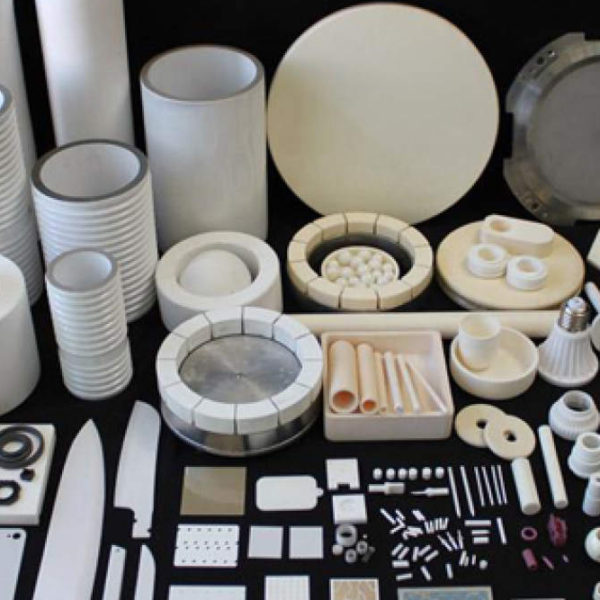Industrial ceramic has a vital role in the technological world today. All sorts of products are covered in this category such as non-metallic materials, inorganic, and having industrial or technical applications. The materials consist of all sorts of substances having a higher melting point or softening point. It is a group of materials used for specific purposes other than aesthetic or domestic ones.
Different Properties of Industrial Ceramics
- Chemical Properties-These ceramics consist of metals, semimetals, and nonmetals. All have common primary components of oxides as well. There are a few nitrides, carbides, borides, and compounds that bear multiple non-metal. The other materials that are categorized as ceramics are the elements silicon and carbon which are usually in the form of diamonds and graphite. Generally, ceramics have more resistance to oxidation and corrosion in comparison to plastics and metals.
- Mechanical Properties-Most these ceramics are quite strong in nature. They display substantial strength and toughness when compressed or bent. Bend strength has usually been used as a measure of merit and for design calculations. The ceramic material of the highest strength is usually based on zirconium dioxide.
- Physical Properties-They are basically compounds of light non-metals (oxygen, carbon, or nitrogen) with light metals or semimetals. Generally, ceramics possess quite low densities as compared with metals. Most ceramics are quite hard and bear resistance to wear and abrasion. The hardest material is diamond and the boron nitride in cubic crystal form is the second in number.
- Thermal Properties-These ceramics bear quiet high-melting or softening points. These can retain strength and resistance against deforming underneath load at temperatures higher than that to which other metals can react. But, these materials have less tendency to bear any thermal shock. It is a condition in which mechanical stress is generated due to sudden and severe changes in temperature which can result in failure.
- Electrical Properties-Ceramics reflects wide-ranging electrical conductivities. For an instance, aluminium oxide is a great insulator, silicon carbide is a semiconductor at room temperature while compounds such as chromium dioxide can conduct electricity as a metal. The presence of mobile ions in an oxide or silicate can lead to ionic conductivity that can raise the temperature high. It is said as a big reason for not using porcelains that can not be used as insulators at high-temperature range. While, on the other hand, the mobility of ions in specific types of oxide allows materials such as alumina to be used as electrolytes for the purposes like storage devices like a battery.
- Magnetic Properties-Ferrites or ceramics that bear iron oxide possess magnetic properties like that of magnetic containing iron, nickel, and cobalt. Ferrite is made with high electrical resistance and is used at high frequencies even without any major loss of power. Also, these can be made with high resistant power to demagnetize.
- Optical Properties-The optical characteristic of a ceramic relies on both kinds of factors such as intrinsic and extrinsic factors. The colour of the crystal merely depends on the quantity of ions available in the crystal. The single crystal oxides transmit the visible lights while the semi-conducting single-crystal appears entirely black. Also, transparency determines the presence of light-scattering errors like grain boundaries and internal voids.
Industrial ceramics are used for various applications and in manufacturing many products such as insulators for the high-voltage transmission line, spark plugs for automobiles and motor vehicles, etc. Due to its versatile industrial usage, this material is always in huge demand.


Leave a Comment
You must be logged in to post a comment.